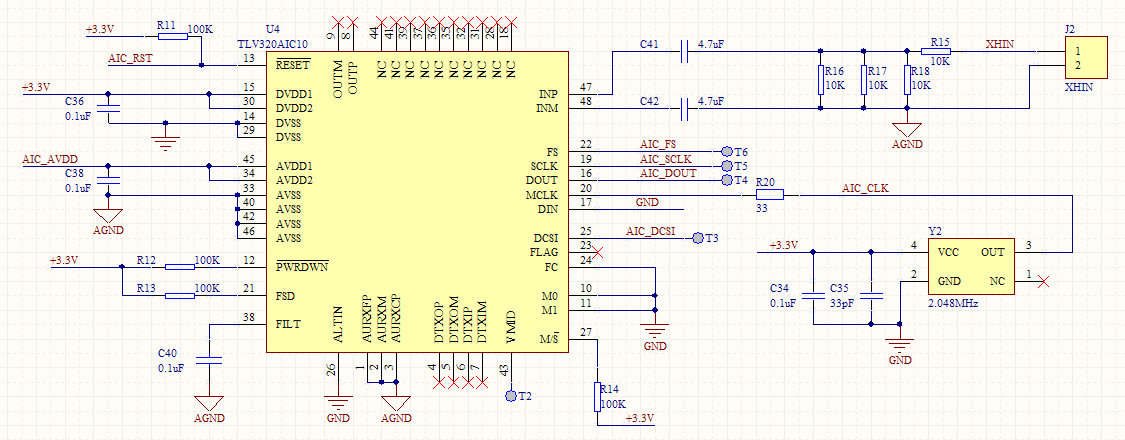Hi,
In the Data Manual of TLV320AIC10,Fs = Sampling (conversion) frequency = MCLK/(256 × N), N = 1, 2..., 32。The value of N is defined in control register 2。In my application,MCLK is 2.048MHz,control register 2 is 0x0404,so the value of N is 4,then the test value of Fs is 8000Hz.But according to the formula,Fs = 2048000/(256×4) = 2000Hz.It do not conform to the test values.Please tell me what is the matter.
Thanks


